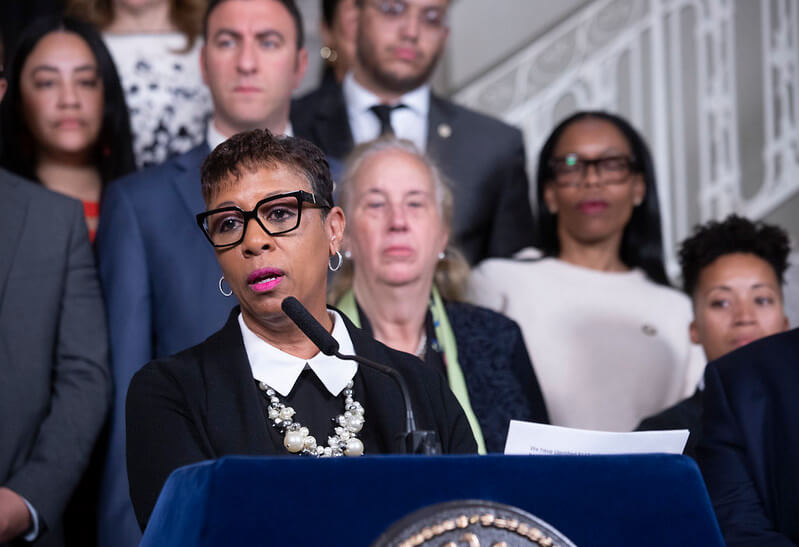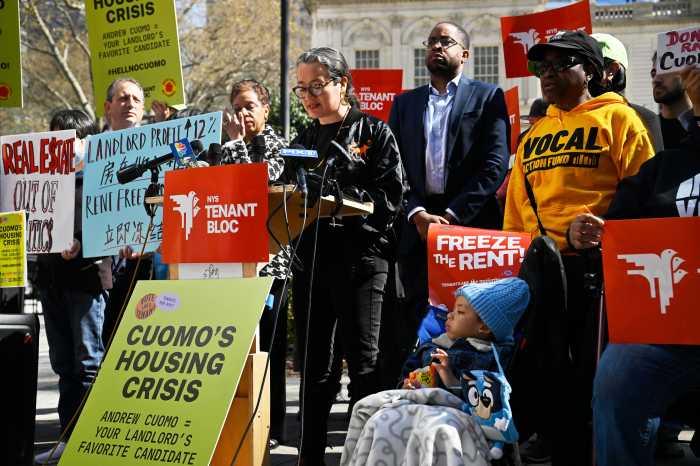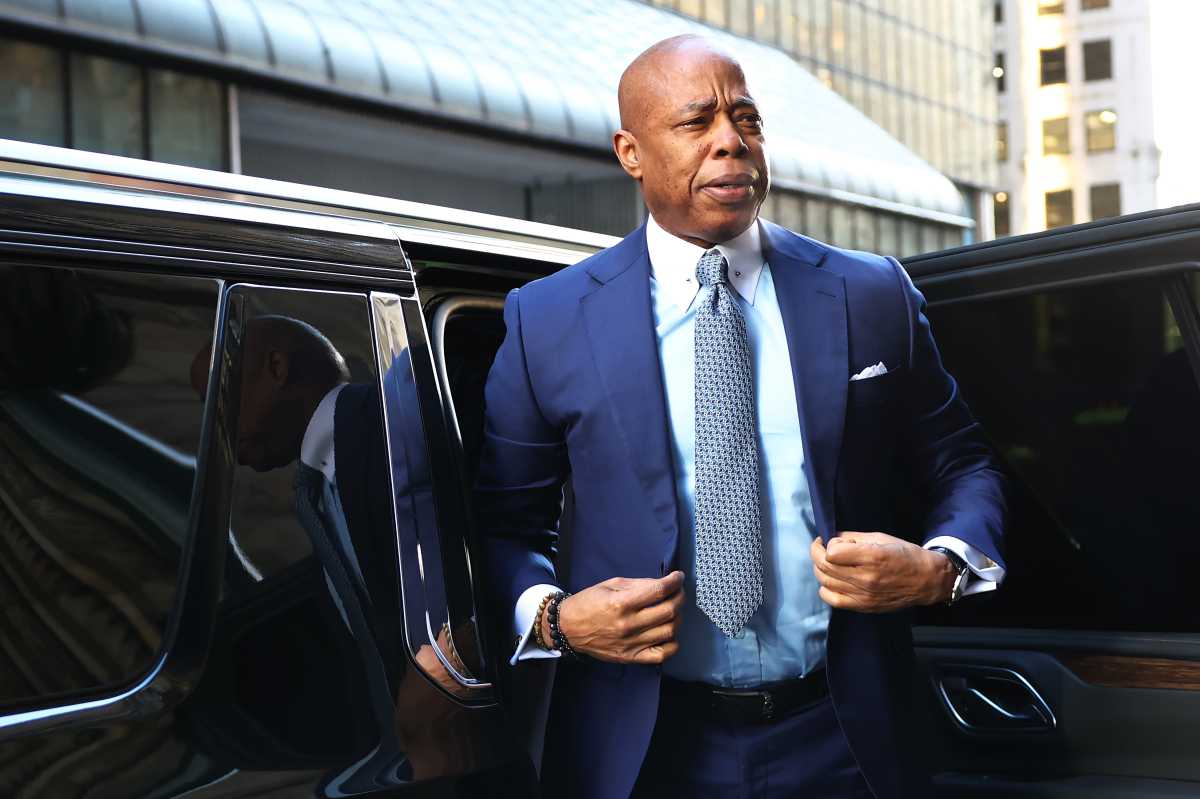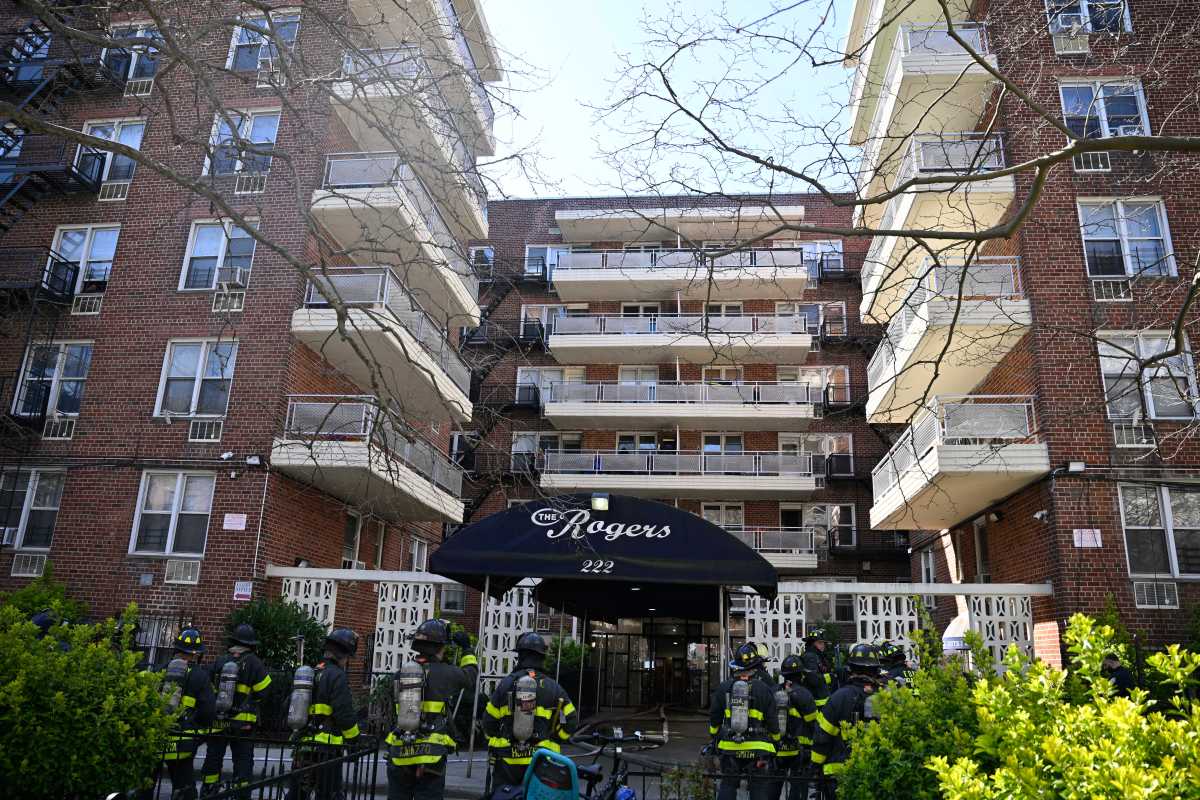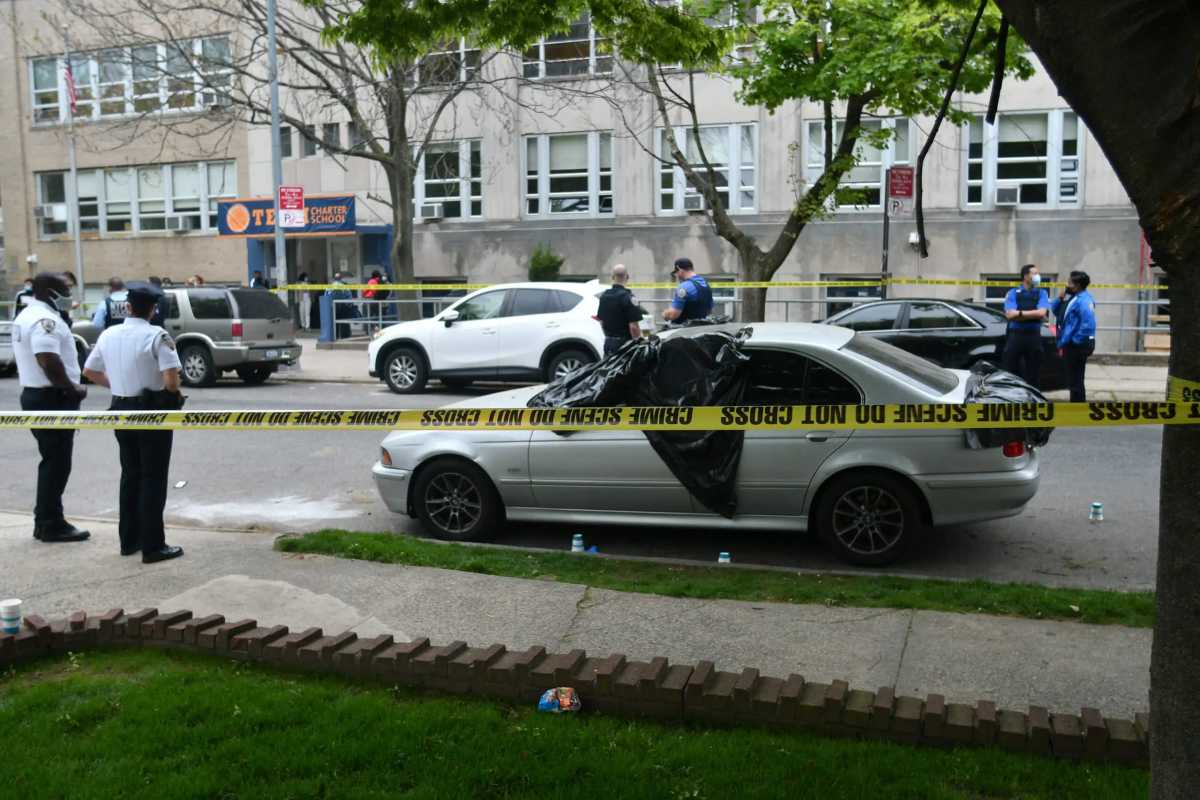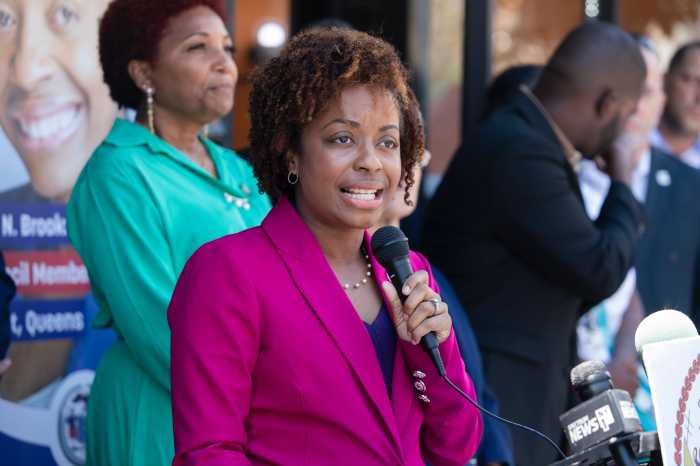In its official response to Mayor Eric Adams’ Fiscal Year 2024 preliminary budget, the City Council seeks to restore $194 million in across-the-board cuts to city agencies, proposed in the mayor’s spending plan, by utilizing $2.7 billion more in projected revenue for the city than what was forecast by the mayor’s office.
The $2.7 billion in supplemental available funds the council identified is derived from $5.2 billion more in projected tax revenue than what the mayor’s Office of Management and Budget (OMB) predicted will come into the city’s coffers over the current and next fiscal years.
The council wishes to use $1.3 billion of the extra revenue for restoring cuts to city agencies and services — like the New York City Housing Authority (NYCHA), the city’s three public library systems and the City University of New York (CUNY) — and further bolster those agencies. The remaining $1.4 billion would cover costs like providing for tens of thousands of newly arrived migrants, a not-yet-finalized late state budget and contract renegotiations with public sector unions.
In announcing their response to the mayor’s $102.7 billion preliminary budget during a City Hall press conference on Monday, Council Speaker Adrianne Adams laid out the council’s vision for how best to spend city taxpayer dollars in the coming years, while also accounting for fiscal uncertainties outlined in the mayor’s spending plan.
“The council’s preliminary budget response is our guide for the direction of the city budget towards fulfilling the city’s obligation to deliver essential services,” Speaker Adams said. “We understand that the city faces potential budget and economic risks. For months, our city has been shouldering nearly the entire cost of providing services and support to thousands of people seeking asylum. The economy poses potential challenges of its own. While the state budget remains outstanding and carries its own uncertainties. Our budget response accounts for all of those risks.”
While the council recognizes the fiscal risks driving the mayor’s budget cuts, Speaker Adams said, they’re using the projected extra revenue to restore those cuts because failing to provide the services they’re impacting would pose its own risks by putting more New Yorkers in danger.
“There is additional revenue that should be utilized to fulfill the essential needs of our city,” the speaker said. “Failing to adequately invest in our city and New Yorkers, at a time when we’re facing so many crises, also carries immense risks that could result in families going hungry, worsening mental health and housing prices and other far reaching consequences that impacts our economy, health and safety. Those are risks that we simply cannot afford.”
The difference in projected revenue is nothing new, the speaker said, as the council has historically been far more “optimistic” about the city’s revenue forecasts than OMB.
In a statement to amNewYork Metro, mayoral spokesperson Jonah Allon characterized the council’s plan as “unrealistic” because it doesn’t account for the potential cost of accommodating asylum seekers or cuts from the forthcoming state budget.
“The city faces significant fiscal and economic headwinds, including more than $4 billion in migrant costs by next year, funding labor settlements, and potential cuts and cost shifts from the state, which require prudent fiscal planning to ensure that we are spending within our means,” Allon said. “At the same time, the mayor has continued to emphasize the budgetary challenges posed by the ongoing asylum seeker crisis and the need for support from our state and federal partners. The City Council’s failure to account for $4.2 billion in related asylum-seeker costs or potential state cuts is unrealistic and does not properly recognize the city’s current and upcoming fiscal challenges.”
The council’s plan breaks down city spending into four priority areas: $318.3 million for building stronger neighborhoods and opportunities; $474.3 million for ensuring the delivery of essential city services; $117.4 million for improving community health and safety; and $388.1 million for safeguarding education and learning opportunities.
The spending priorities highlighted by the speaker include reversing $33 million in cuts to the New York City Housing Authority (NYCHA) that the administration mostly slashed from its Vacant Unit Readiness Program. The council also called for an additional $3.3 billion-a-year to be put toward the construction and preservation of affordable housing.
Additionally the council wants to restore $20.5 million in cuts to the city’s three public library systems — the New York, Brooklyn and Queens Public Libraries — proposed in the mayor’s preliminary budget. On top of that, they seek to put another $15.7 million in council discretionary funds into the systems.
When it comes to CUNY, the council is seeking $29.1 million in budget cuts to be restored and baselined to the university system, as well as $7.8 in one-time funding for several programs.
Council Finance Chair Justin Brannan looked ahead to the true budget negotiating process between the council and the mayor, which must be completed by July 1, while reiterating the legislature’s position that the city can both spend on essential services and save without jeopardizing its future.
“As the council heads into another round of budget negotiations, we do so seeking partnership with the administration, and with eyes wide open to the challenges on the horizon and at our doorstep,” Brannan said. “The council has never doubted the durability of our city’s economy. But we know resilience doesn’t happen on its own. It requires thoughtful, meaningful and tangible investments. We have what we need to spend and save. And we must do both.”



